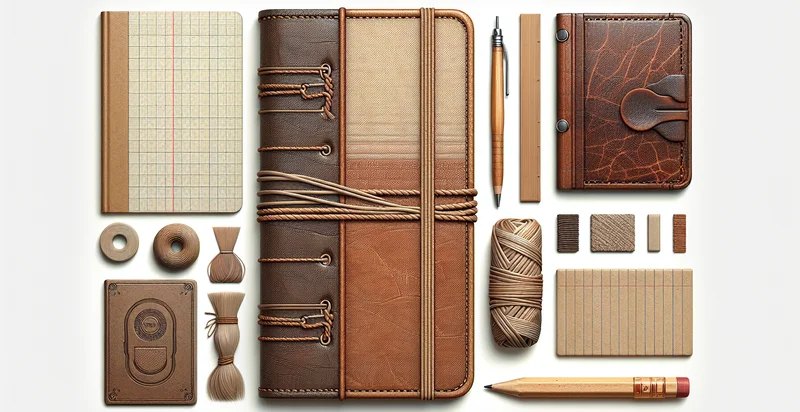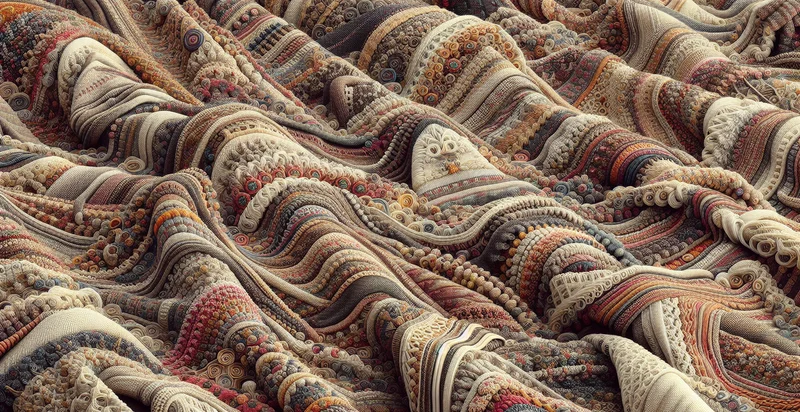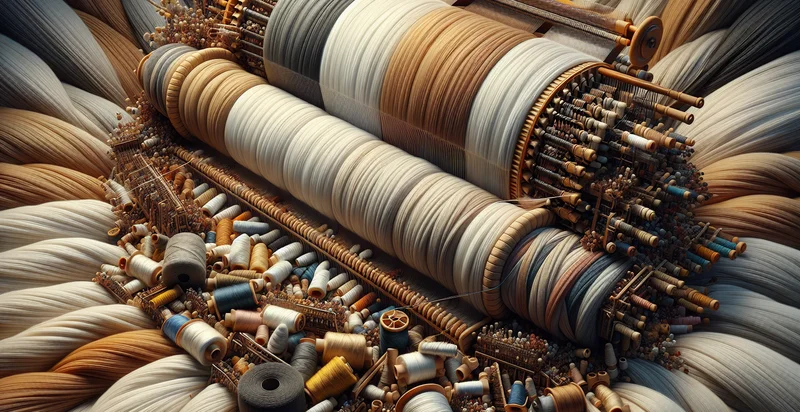Identify what material a notebook is made from
using AI
Below is a free classifier to identify what material a notebook is made from. Just upload your image, and our AI will predict what material a notebook is made from - in just seconds.

Contact us for API access
Or, use Nyckel to build highly-accurate custom classifiers in just minutes. No PhD required.
Get started
import nyckel
credentials = nyckel.Credentials("YOUR_CLIENT_ID", "YOUR_CLIENT_SECRET")
nyckel.invoke("what-material-a-notebook-is-made-from", "your_image_url", credentials)
fetch('https://www.nyckel.com/v1/functions/what-material-a-notebook-is-made-from/invoke', {
method: 'POST',
headers: {
'Authorization': 'Bearer ' + 'YOUR_BEARER_TOKEN',
'Content-Type': 'application/json',
},
body: JSON.stringify(
{"data": "your_image_url"}
)
})
.then(response => response.json())
.then(data => console.log(data));
curl -X POST \
-H "Content-Type: application/json" \
-H "Authorization: Bearer YOUR_BEARER_TOKEN" \
-d '{"data": "your_image_url"}' \
https://www.nyckel.com/v1/functions/what-material-a-notebook-is-made-from/invoke
How this classifier works
To start, upload your image. Our AI tool will then predict what material a notebook is made from.
This pretrained image model uses a Nyckel-created dataset and has 19 labels, including Cardboard, Eco-Friendly Paper, Fabric, Graph Paper, Hardcover, Leather, Metal, Newsprint, Notepad and Paper.
We'll also show a confidence score (the higher the number, the more confident the AI model is around what material a notebook is made from).
Whether you're just curious or building what material a notebook is made from detection into your application, we hope our classifier proves helpful.
Related Classifiers
Need to identify what material a notebook is made from at scale?
Get API or Zapier access to this classifier for free. It's perfect for:
- Material Quality Assessment: This function can be used by manufacturers to determine the quality of materials used in notebook production. By classifying the material, manufacturers can ensure that the notebooks meet specific standards required for durability and usability.
- Sustainability Tracking: Retailers can utilize this identifier to classify notebooks based on their material composition, enabling them to promote eco-friendly options. This use case supports sustainability initiatives by helping consumers make informed choices about the environmental impact of their purchases.
- Supply Chain Transparency: Businesses can implement this classification function to enhance visibility within their supply chains. By identifying materials accurately, companies can track the sources of their notebook materials, ensuring compliance with fair trade and ethical sourcing standards.
- Product Customization Offers: E-commerce platforms can utilize this function to personalize customer experiences by suggesting notebook-specific accessories based on the material type. Knowing whether a notebook is made of leather, plastic, or paper allows businesses to recommend relevant items, enhancing customer satisfaction.
- Market Analysis and Trends: Market researchers can use this function to analyze material trends within the notebook industry. By classifying notebooks by their materials, researchers can gather insights into consumer preferences and the growing demand for specific types of notebooks, aiding brands in product development.
- Customer Feedback Optimization: Companies can integrate this identifying function into their feedback systems to gain insights into customer satisfaction based on material types. By analyzing feedback alongside material classifications, businesses can refine their products to better meet consumer expectations.
- Inventory Management: Retailers can implement this function for efficient inventory management by categorizing notebooks based on their materials. This can streamline restocking processes and help maintain optimal inventory levels, ultimately reducing excess stock and improving operational efficiency.


